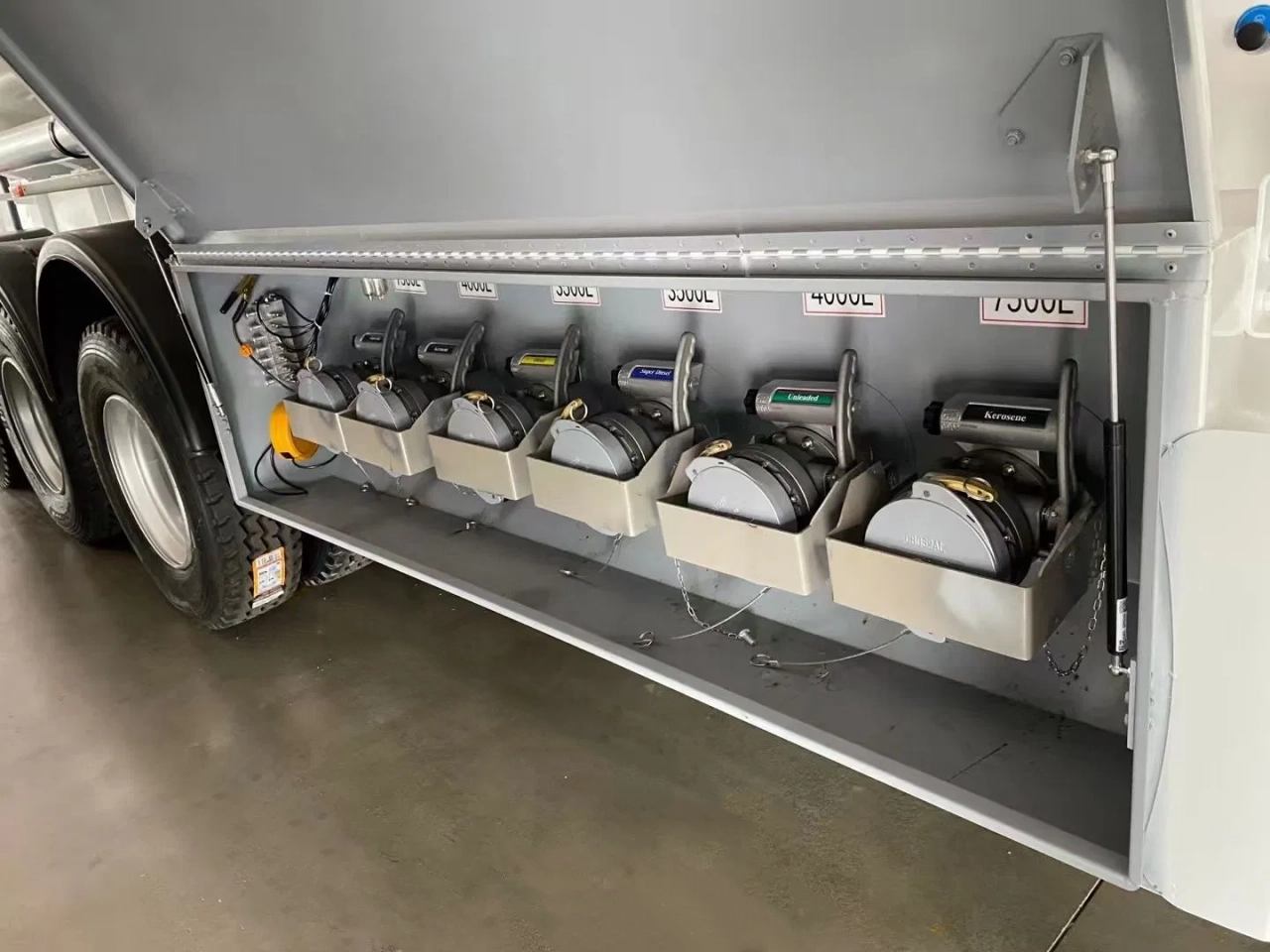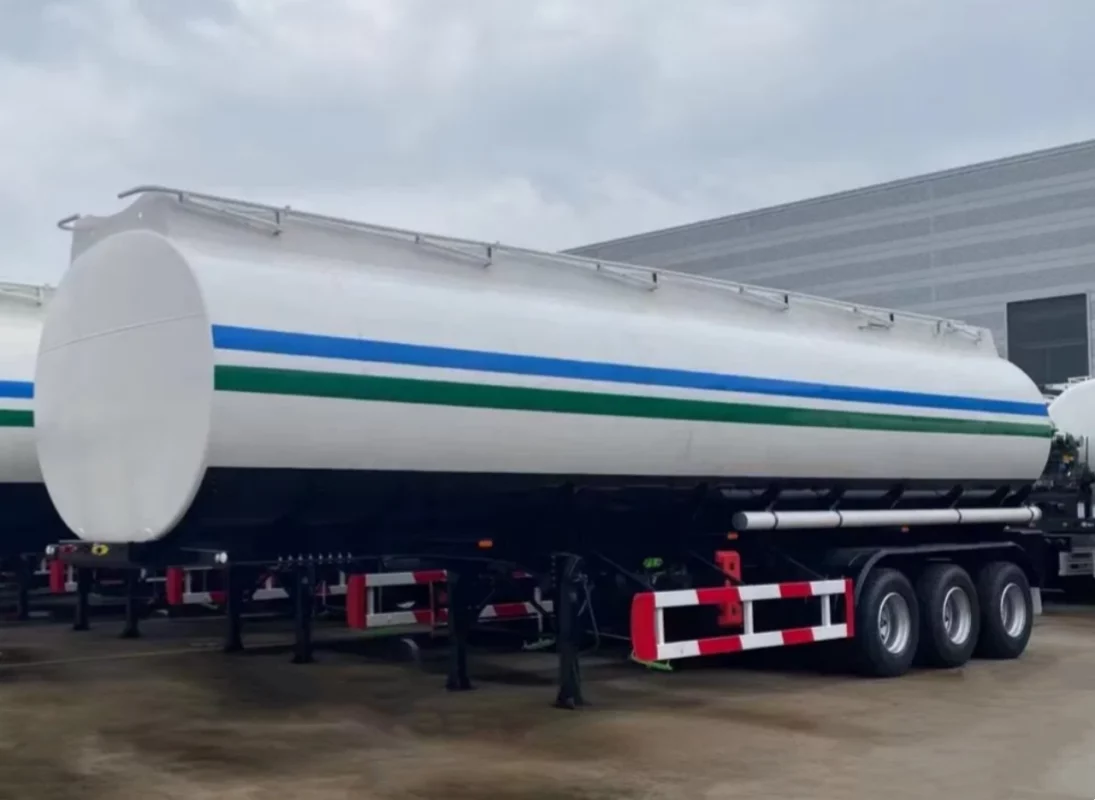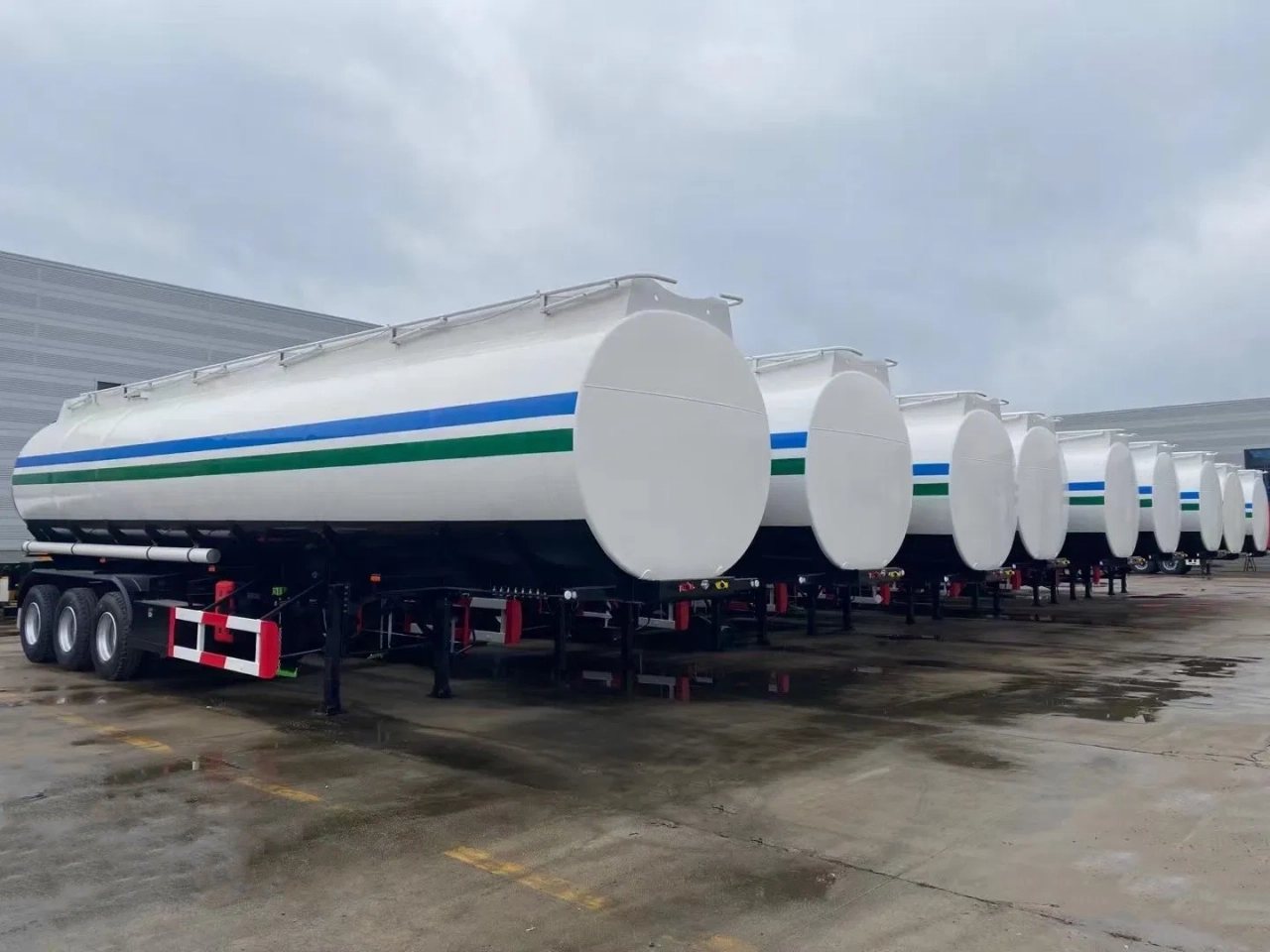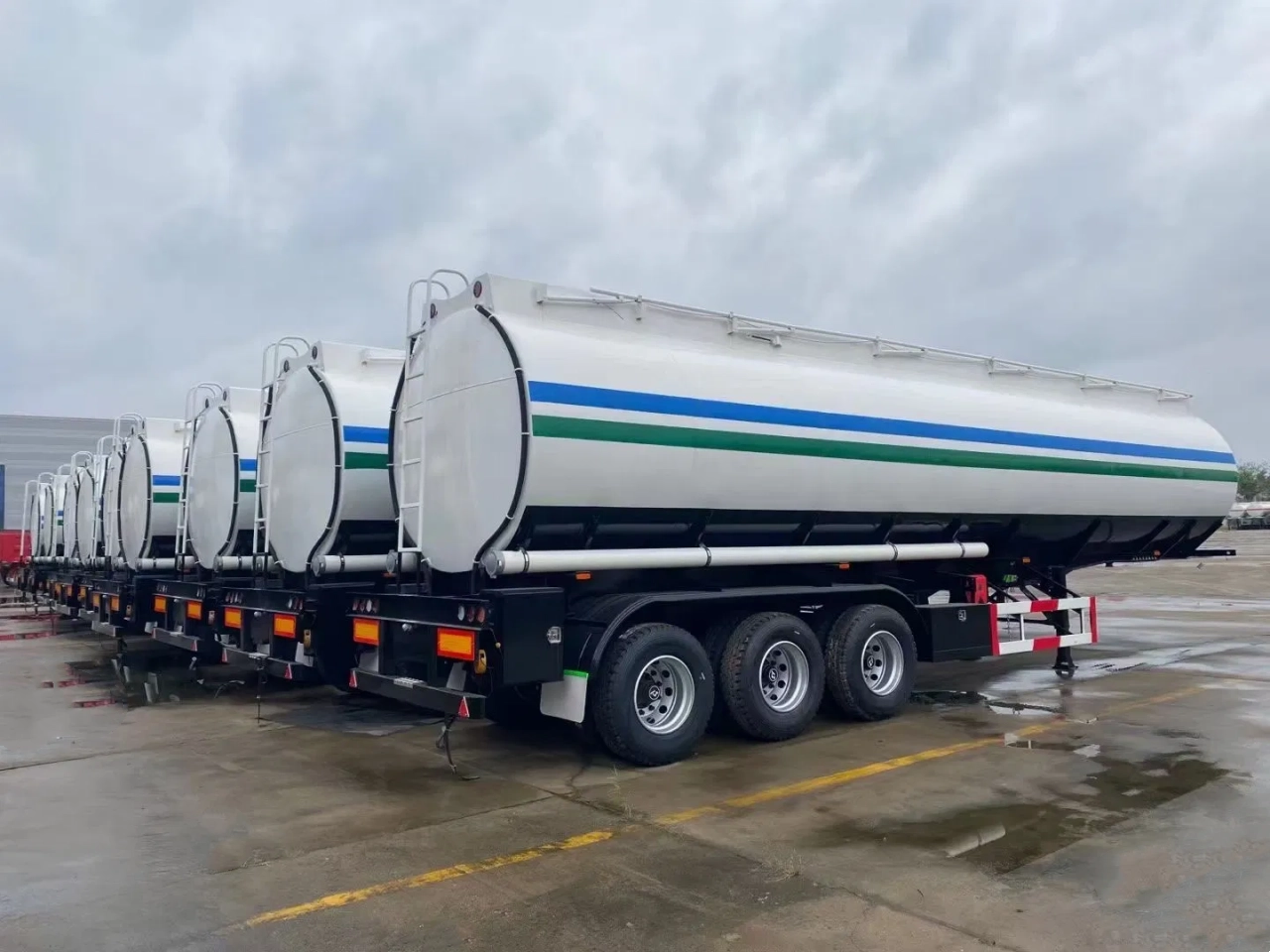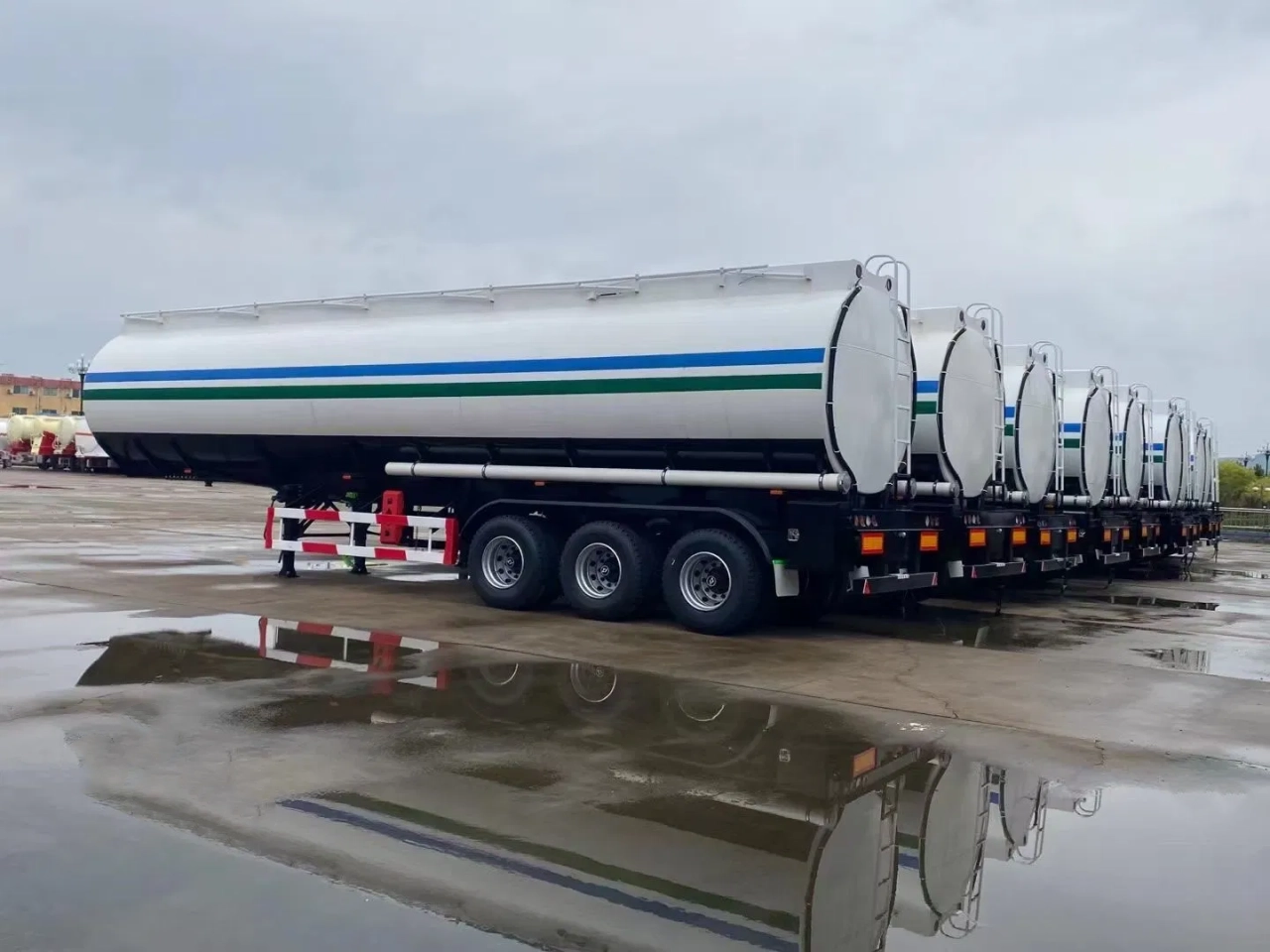Semi tanker trailers are essential components of the transportation industry, especially when it comes to hauling bulk liquids, gases, and dry commodities. These trailers come in various designs and capacities, tailored to specific types of cargo such as fuel, chemicals, food-grade liquids, and dry bulk materials. One of the most commonly asked questions by industry newcomers or curious observers is: How much does a semi tanker trailer hold? The answer varies depending on the type of trailer, regional regulations, and the density of the cargo. This article explores these factors in detail to provide a comprehensive understanding.
Understanding Tanker Trailer Types
Before diving into exact capacities, it’s essential to recognize that tanker trailers are not one-size-fits-all. They are manufactured to meet the demands of different products and industries. Here are the main types:
1. Liquid Tanker Trailers
These are the most common and are used to transport water, milk, gasoline, diesel, crude oil, and chemicals.
2. Dry Bulk Tanker Trailers
Designed for transporting dry goods like cement, flour, sand, and plastic pellets. These trailers use compressed air to unload cargo pneumatically.
3. Gas Tanker Trailers
Used for transporting gases such as LPG (liquefied petroleum gas) or LNG (liquefied natural gas). These tanks are pressurized and require special safety standards.
4. Food-Grade Tankers
These are liquid tankers designed to carry consumable liquids like milk, juices, corn syrup, and other food-grade substances.
Average Capacities by Tanker Type
The capacity of a semi tanker trailer largely depends on the type of cargo and the trailer’s design. Here’s a breakdown by category:
1. Fuel Tanker Trailers
Fuel tankers, often seen at gas stations or highways, typically hold between 5,000 to 11,600 gallons (approximately 18,900 to 44,000 liters). These trailers are segmented into compartments to transport different types of fuels in one trip.
- Small fuel tankers: 5,000–6,500 gallons
- Standard fuel tankers: 7,000–9,000 gallons
- Large fuel tankers (multi-axle): 10,000–11,600 gallons
2. Water Tanker Trailers
Water tankers come in various sizes depending on the application. They are often used for construction, firefighting, or agricultural purposes.
- Standard water tankers: 5,000–8,000 gallons
- Large tankers (off-road or semi-trailer type): Up to 11,000 gallons
3. Chemical Tankers
These are engineered with special coatings or linings to resist corrosive materials. Capacity varies widely based on chemical type and local safety codes, typically ranging from:
- 4,000 to 8,000 gallons
4. Food-Grade Tankers
These stainless steel tanks are insulated and heated in some cases to maintain product quality.
- Typical capacity: 6,000 to 7,000 gallons
- Milk tankers (common in rural areas): 6,000 to 6,800 gallons
5. Dry Bulk Tankers
Instead of gallons, dry bulk trailers are measured in cubic feet or cubic meters. The average dry bulk tanker holds:
- 1,000 to 1,500 cubic feet
- This equals roughly 25 to 40 tons, depending on the material density
6. LPG and LNG Tankers
These pressurized trailers carry gases in liquid form at low temperatures or high pressures.
- Capacity for LPG: 9,000 to 11,000 gallons
- Capacity for LNG: 10,000 to 13,000 gallons (requires cryogenic equipment)
Factors That Affect Tanker Capacity
While the ranges above provide a general sense, many factors affect how much a semi tanker trailer can hold:
1. Gross Vehicle Weight Rating (GVWR)
Federal and regional laws set limits on how much weight a truck can carry. In the U.S., the standard GVWR limit is 80,000 pounds for highway use. This includes the truck, trailer, and cargo weight.
2. Cargo Density
The density of the liquid or solid being transported has a direct impact on the volume that can be carried. For instance:
- Gasoline: 6.1 pounds/gallon
- Water: 8.34 pounds/gallon
- Sulfuric acid: 15 pounds/gallon
Because of weight limits, a tank carrying water will hold less volume than one carrying gasoline, assuming both stay under the GVWR.
3. Trailer Axles and Length
Trailers with more axles can carry more weight legally. Similarly, longer trailers (up to 53 feet) can accommodate larger tanks.
4. Regulations
Different countries or states may impose stricter regulations on road transport. For example, in some parts of Europe, tanker capacities are limited to around 30,000 liters (7,900 gallons) to comply with road safety rules.
5. Compartmentalization
Tanker trailers with multiple compartments may carry a lower total volume due to internal space losses from dividers. However, these trailers offer operational flexibility.
Real-World Examples
Example 1: Fuel Tanker in the U.S.
A standard U.S. highway fuel tanker often carries 9,000 gallons of gasoline, divided into 3–5 compartments. Each compartment is dedicated to a different grade of fuel.
Example 2: Milk Tanker in Europe
In the UK or EU, milk tankers are typically rated at 27,000 to 30,000 liters (7,100 to 7,900 gallons) due to local road regulations and farm-to-plant distances.
Example 3: Cement Dry Bulk Trailer
A cement carrier may hold 1,200 cubic feet of powdered cement, equating to roughly 30 tons, and uses a pneumatic system to discharge into silos at construction sites.
Safety and Loading Considerations
Transporting liquid or gaseous materials poses unique risks. Tanker trailers are designed with several features to ensure safety:
- Baffles: Internal walls that reduce liquid surging during transit
- Pressure relief valves: Prevent over-pressurization, especially in gas tankers
- Insulation: Maintains temperature-sensitive cargo like milk or LNG
- Emergency shutoff systems: Found in fuel and chemical tankers to contain spills
Improper loading or overfilling can cause sloshing, increased rollover risk, and mechanical stress on the trailer.
Conclusion
So, how much does a semi tanker trailer hold? The short answer: anywhere from 4,000 to over 11,000 gallons, or 25 to 40 tons for dry materials. The exact capacity depends on the trailer’s design, the cargo’s physical properties, and regulatory limitations.
Understanding these variables helps fleet operators, logistics coordinators, and safety professionals make informed decisions about trailer selection, loading practices, and route planning. As transportation technology evolves and regulations tighten, tanker trailer designs continue to adapt, ensuring that these essential workhorses of modern logistics remain efficient, safe, and compliant.
